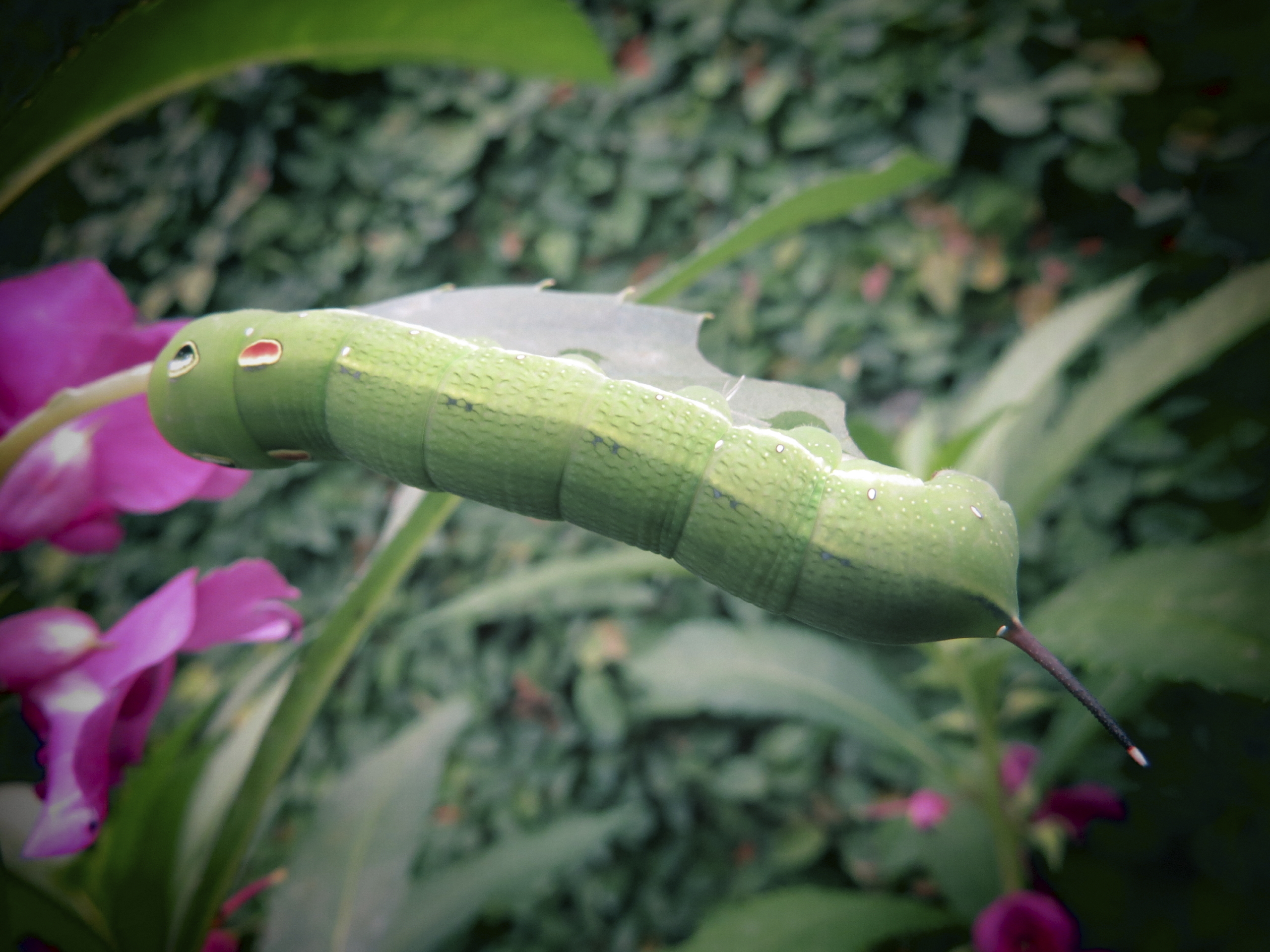DON'T TRY THIS AT HOME. WHEN TO CALL A PROFESSIONAL
6 situations when you should ditch DIY and get professional help
For trusted expertise and superior results,
find a landscape professional near you.

Insects love your lawn almost as much as you do, and if you aren’t careful they can really do a lot of damage that is expensive to repair. Unless you are an entomologist – a trained bug scientist - insects may not be your thing; however, it is important to know a little about them so you understand what steps you should consider to keep them at bay.
Insects that feed on lawns can be broken down into two major groups based on where they feed: surface feeding insects feed on the surface of the lawn and are visible to the naked eye; sub-surface insects feed upon the roots of the lawn making detection and control more difficult.
Chinch Bugs
Chief among the surface feeders is the chinch bug. The adult stage of this insect is about the size of a pencil tip, is black with an hourglass-shaped design on its back and can be seen scurrying about in large numbers during the heat of the summer. Chinch bugs damage grass by removing its sap and from the saliva they inject into the grass plants during feeding. The lawn pests can cause widespread damage if not controlled.
Sod Webworms
Sod webworms are tiny wheat-colored moths that are most obvious when you are mowing your lawn. If you see small moths around your lawn mower flying in a zig-zag pattern, those are sod webworms. With these bugs, unlike many insects, adults are not the problem-causers; in the larval stage, the sod webworms come out to feed at night but their damage is often masked by new grass growth. It is often not until lawns go dormant, either due to drought or heat stresses, that severe infestations are first detected.
Cutworms and Armyworms
Cutworms and armyworms are both big fleshy caterpillars that love to feed upon grass leaves. A major pest of crops, these pests are not normally problematic in lawns other than instances when their populations explode. When their numbers reach plaque-like status, incredible numbers of caterpillars move en mass across lawns leaving no green tissue untouched; in fact the name armyworm comes from their behavior of marching across a lawn leaving a trail of devastation.
Billbugs
Billbugs are weevils that spend their winters hiding in leaf litter along the edge of lawns. In the spring, they return to the lawn to lay their eggs in the sheaths of grass plants. The emerging larvae, termed a grub, are white with a copper colored head and legless. These newly hatched grubs feast upon the growing point of the grass plants, which kills grass. Diagnosing billbugs in a lawn is especially difficult as the grubs are very small and are located deep within the thatch layer of the lawn.
White Grubs
White grubs are the larvae of several scarab beetle pests. Most of these species have a one-year life cycle, meaning that they lay eggs during the summer months and then hatching larvae feed upon grass roots for the remainder of the fall. When temperatures begin to drop as winter approaches, the grubs descend into the soil to avoid being frozen. As the frost recedes in the spring, the grubs return to feed upon the grass roots once again. This emphasizes the importance of being vigilant every year for new infestations.
White grubs cause damage by severing the root system in grass plants, making it impossible for the plants to draw enough water from the soil. This severing of the roots makes it possible to detect grubs in the soil, however. Initially, affected areas appear brown and when pulled upon will roll back like a carpet from a floor revealing the grubs in the soil.
Treatment and Control
Lawns can successfully support a number of insects feeding upon them without any signs or symptoms becoming apparent because the lawn is growing faster than the insects can damage it. However, there comes a point where that threshold is passed and the damage is quite obvious. There are certainly ways to control problems once detected and even preventative measures that can be taken if your yard or neighborhood has a history of certain pests, like grubs. To learn more about protecting your yard from destructive pests, contact a lawn care expert.
We recently updated our Privacy Policy. By continuing to use this website, you acknowledge that our revised Privacy Policy applies.